| –
| Close the service coupling and remove it from the service connection. |
| –
| Remove the remains of the leak detecting additive from the service connection, with for example, absorbent paper. |
| –
| Seal service connection using the sealing cap. |
| –
| If necessary, clean the area of the service connection using the cleaning solution. |
| –
| Attach a label, close to the service connection, which has information showing that the refrigerant circuit has been injected with a leak detecting additive. |
| –
| Start air conditioning system. |

Note | The air conditioning system must be operated for at least 60 minutes to ensure that the injected leak detecting additive is distributed throughout the entire refrigerant circuit (air conditioner compressor must run). The leak may become visible after a short period, but this depends on the size of the leak. |
| –
| Use UV lamp VAS 6196/4 to search for the leak in the refrigerant circuit → Anchor. |
| Searching for leaks in the refrigerant circuit using UV lamp VAS 6196/4. |

WARNING | Do not look into the UV lamp. |
| Do not point the UV lamp at another person. |
|

Note | t
| The air conditioning system must be operated for at least 60 minutes to ensure that the injected leak detecting additive is distributed throughout the entire refrigerant circuit (air conditioner compressor must run). The leak may become visible after a short period, but this depends on the size of the leak. |
| t
| For leaks on the evaporator, the additive can wash off with the condensed water and leak out from the condensed water drain-off. As the evaporator is not accessible on the majority of models without a great amount of pre-preparation, a check of the condensed water drain point can indicate a leaking evaporator. The additive must have been in the refrigerant circuit for a long time to make this possible. |
| t
| The eye protect is not only required to protect the eyes, it also amplifies the illumination of the additive under the UV lamp. |
| t
| Independent of the accessibility to the various components of the refrigerant circuit, it may become necessary to remove certain components from the vehicle (e.g. bumper or air filter). |
|
|
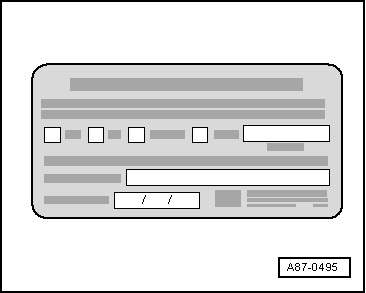
|
 Note
Note Note
Note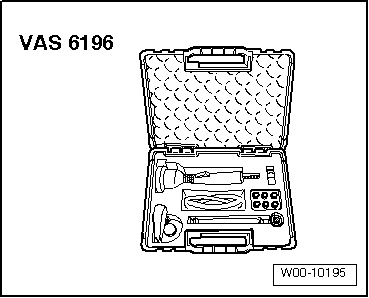
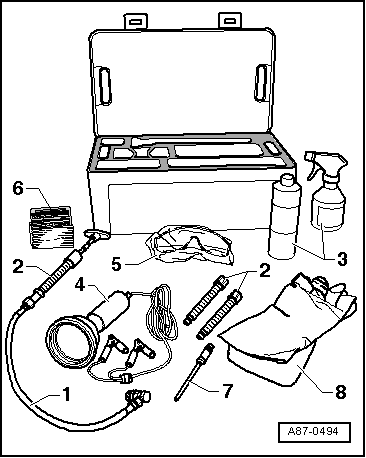
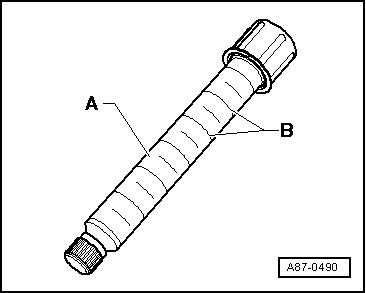
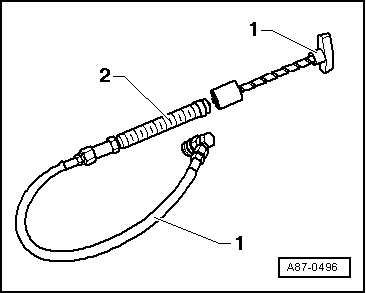
 Note
Note Note
Note Note
Note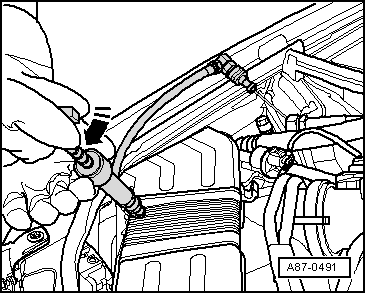

 Note
Note
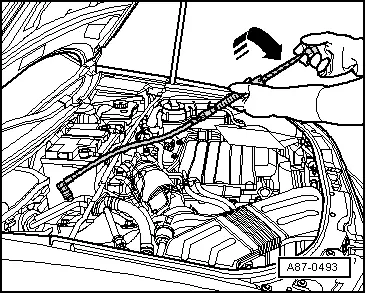
 Note
Note Note
Note
 Note
Note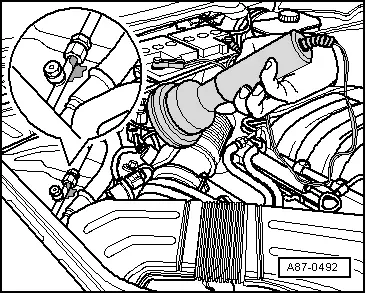

 WARNING
WARNING